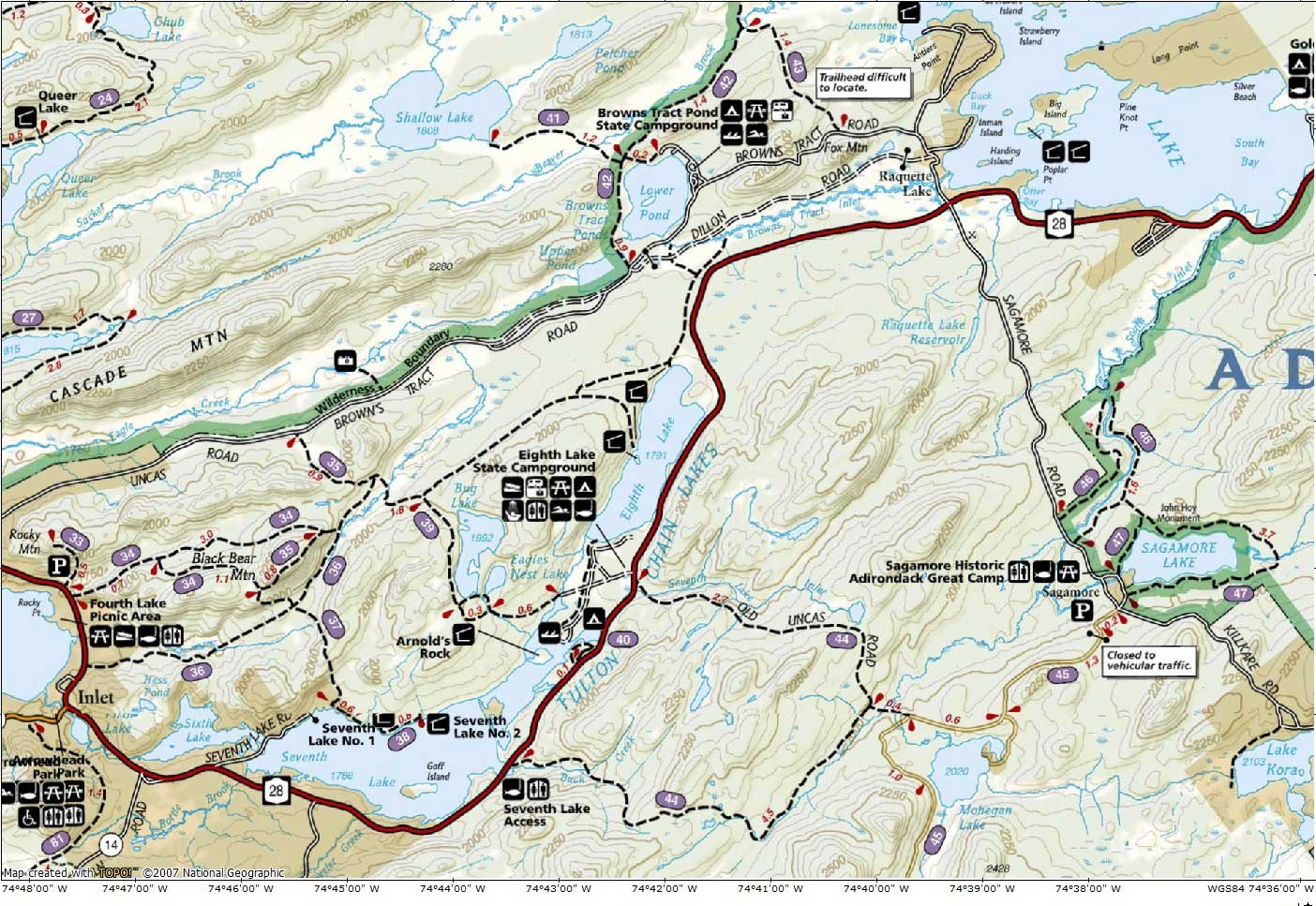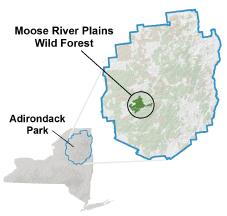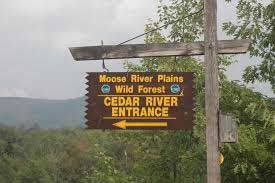Memories of Those Who Experienced Life in the Moose River Plains

The Moose River Plains
The Adirondacks’ Moose River Plains, Volume 1, is the first in a series of three major informal histories about the vast territory once referred to as the Indian Clearing country. Its story continues with Volumes 2 and 3. Until now, there has been no recognized recorded work about this remote territory other than bits of meager accounts scattered in early newspapers and travel magazines, period pieces such as “Wallace’s Guide to the Adirondacks”, occasional references in out-of-print books, individuals’ journals and various other vintage works.

My task was to gather as much material as possible, including untapped first-person accounts, then sift and sort the data and pull it together into a wide-ranging and unified history that looks back at a past time that otherwise would never be known. Here was a book ripe for the writing, a book about people, with enough of the background and other data to explain how and why The Plains has been such a beloved area.
Memories of those who experienced life in the Moose River Plains and narratives by others who knew old-time personalities connected with the south branch of the Moose River help to connect the reader with times past and allow people and events to be re-created through the images in readers’ minds. This trip back in time is enriched by historical photographs which so many generously shared.
Equally refreshing is the vitality of gleanings from early Conservation Department biologists, who spent years on deer studies. Their investigations help explain why this country was once labeled The Land of Deer. Intertwined throughout this Adirondack history are stories of millionaires and powerful politicians, of conservationists and rogue hunters, and especially the stories of the first pioneers to settle in the territory, and their descendants.

The histories of the 1890s pioneer Kenwell family’s Sportsman’s Home and the latter-day triangle of the three foremost camps—Gerald Kenwell’s Otter Brook Camp, Charles Chapin’s Camp Nit on Beaver Lake (later owned and operated by Alan and Margaret Wilcox) and the ever-popular Hot Top Camp, later owned by Len Harwood—offer insight into the reasons why the area drew throngs of the early sporting crowd to the immense and magnificent Plains.
Camping parties, local guides and camp diary entries resurrect events and characters long associated with the Moose River Plains country. Character sketches of long-time packers, campers, forest rangers and game protectors, bush pilots, and sport enthusiasts interweave to tell their human story of the Plains. The narrative portions of the work aim to present this informal history in a casual story-telling manner.
The whereabouts of the earliest Gould Paper Company lumber camps, dams and logging activities reveal a robust timber cutting operation during the opening years of the 20th century. Gould’s logging operations and lumbermen’s goings-on take center stage in place of dry statistics dealing with acres cut and yearly cord totals.
The Adirondacks’ Moose River Plains Volumes 1, 2 and 3 comprise the vast social history I have assembled over a 50-year period. The reintroduction of beaver; treasured remembrances of the legendary trinity of principal camps; and dozens of smaller sporting camps; the narrative of The Plains’ connection to the well-known Henry Ward Beecher, the famed Brooklyn clergyman, and the nephew of author Harriet Beecher Stowe; “French” Louie Seymour; the outlawed activities of poachers and meat hunters; the decade-long fight to protect the Moose River valley from being intentionally flooded; the devastating effects of the November 1950 land hurricane; and New York State’s purchase of vast portions of once privately-owned land are so enormous and far-ranging that it is only possible to complete this history in three volumes.
I venture to guess that this broad, comprehensive social history will be the only recorded work of its kind. I never intended to produce an exhaustive formal history. Rather, I followed my passion for a people story. This enterprise has had the generous help of many people, mainly those who with their generations before them have been associated with the south branch of the Moose River country, and other people who over long decades have known The Plains as their work and preferred vacation scene.
My deep obligation has been acknowledged in appropriate places in the text, but here I once again extend my thanks for the patience with which each and every person endured my inquiries.